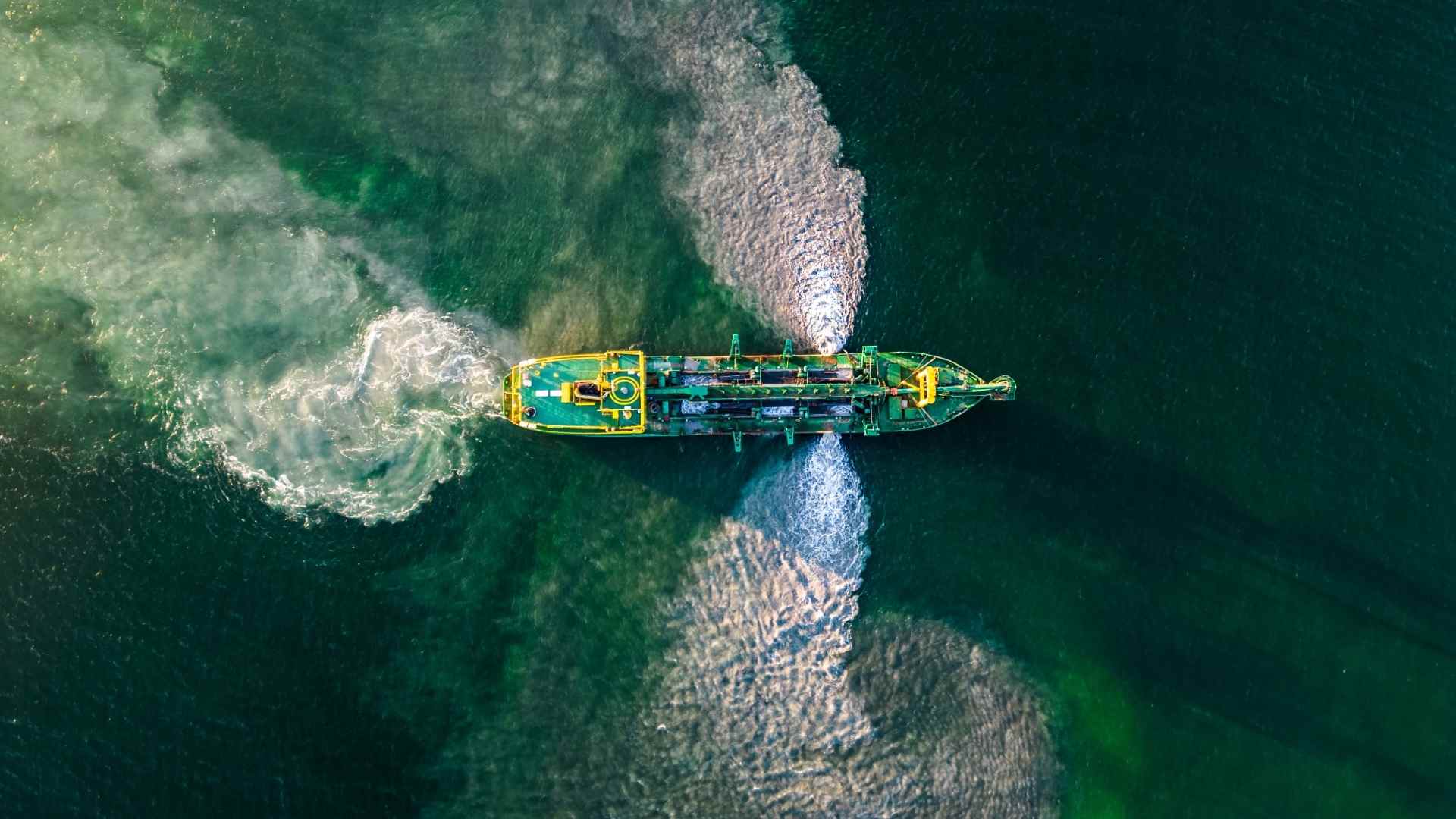Introduction
The Caspian Sea, the world’s largest enclosed inland body of water, has reached its lowest recorded level in history, creating severe challenges for maritime navigation and offshore oil operations. In response to these critical conditions, Russia’s LUKOIL and Kazakhstan’s KazMunayGaz have announced plans for a massive sea dredging initiative estimated to cost $6.4 billion. The project aims to maintain vital shipping routes and secure access to offshore oil wells, particularly in the northern Caspian region, where water depth has dropped most dramatically.
Why Sea Dredging Has Become Urgent
Over the past several decades, scientists have documented a steady decline in Caspian Sea levels due to a combination of climatic factors, including rising temperatures and reduced inflow from major rivers such as the Volga. However, recent measurements show an unprecedented acceleration of this trend. Large portions of the northern Caspian, once navigable by cargo and service vessels, are now too shallow for standard ship passage. Former channels have narrowed, and in some areas, they have disappeared entirely.
This dramatic environmental shift has left oil companies facing logistical and economic threats. Without immediate dredging, ships cannot transport equipment, crews, and extracted oil between offshore platforms and ports. As a result, both Russia and Kazakhstan risk losing billions in annual energy revenue and facing disruptions to regional trade.
Project Scope and Goals
The newly proposed sea dredging project focuses on cutting a deep channel across the shallowest northern sections of the Caspian. Initially, the channel will allow oil service vessels to reach existing offshore drilling platforms. However, if the water level continues to decline at its current pace, further dredging may be necessary to extend navigability to major ports as well.
Key objectives include:
- Restoring shipping access: Ensuring vessels can move safely between ports and offshore oil and gas fields.
- Protecting oil production: Maintaining current extraction levels and preventing operational shutdowns.
- Supporting future development: Creating infrastructure that allows continued exploration and drilling despite environmental changes.
The project is expected to be completed before the end of this decade. Still, both governments acknowledge that delays or worsening sea conditions could increase costs and require additional phases of dredging.
Economic and Environmental Implications
From an economic perspective, the initiative is seen as a critical investment. Energy exports from the Caspian region are a cornerstone of both Russia’s and Kazakhstan’s economies. Any prolonged interruption to offshore operations would not only impact national budgets but also global oil supply chains. By committing to large-scale dredging, the two nations aim to protect their strategic energy interests.
However, such an extensive dredging operation raises environmental questions. Sea dredging alters seabed habitats, potentially affecting fish populations, aquatic plants, and other marine life. Both LUKOIL and KazMunayGaz have stated that environmental assessments will be conducted, and mitigation strategies will be included in the project plan. These may involve controlled dredging schedules, sediment relocation strategies, and post-project ecological monitoring.
A Race Against Time
What makes this project particularly urgent is the speed of the Caspian Sea’s decline. Studies suggest that without intervention, water levels could fall even further, potentially cutting off access to northern oil fields altogether. In that scenario, far more extensive dredging would be required, resulting in increased financial costs and ecological risks.
Additionally, ports that were previously secure are now vulnerable to becoming inaccessible. If shipping lanes close, industries beyond oil, including fishing, trade, and regional transport, will also suffer significant setbacks.
Regional Cooperation and Long-Term Solutions
The dredging project reflects an unusually close collaboration between Russia and Kazakhstan, two countries that often compete economically but now share a pressing geographic challenge. Both governments view this initiative as a temporary but necessary measure while exploring longer-term strategies for adapting to a shrinking Caspian Sea.
Some experts argue that dredging alone cannot solve the root problem. They recommend implementing comprehensive water management policies, enhancing monitoring systems, and developing climate adaptation programs to address the ongoing decline. Nevertheless, sea dredging remains the fastest and most direct way to sustain critical infrastructure today.
